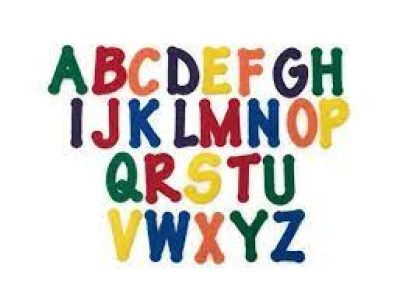Introduction
Onomatopoeia is a curious rhetorical figure that provides depth, dynamism, and vivid imagery to language. It’s an essential tool for both students and teachers aiming to enhance their comprehension and mastery of the written word. This guide will delve into the astounding world of onomatopoeia, what it is, its importance, various examples, and practical tips for using them effectively.
What is Onomatopoeia?
Onomatopoeia refers to words or phrases that imitate the natural sounds associated with an object or action. They’re formed by mimicking the auditory senses renowned for evoking strong mental images in readers or listeners. Ranging from animal sounds to environmental noises and everyday human activities, onomatopoeias captivate our attention and enliven our imaginations.
Importance of Onomatopoeia
1. Vivid Imagery: Onomatopoeic words create striking mental pictures that make reading more enjoyable and memorable.
2. Expressive Writing: They add flavor and personality to text by injecting rhythmic patterns and musicality.
3. Emotional Engagement: Onomatopoeias build empathy by immersing readers into a sensory experience that elicits emotion.
4. Creative Thinking: Coining new onomatopoeic terms encourages linguistic innovation and resourcefulness.
Examples of Onomatopoeia
We can classify onomatopoeic examples into various categories according to their sources, such as:
1) Animal Sounds:
– Bark, meow, neigh, moo, chirp
2) Environmental Sounds:
– Rustle, splash, crackle, boom
3) Human Actions/Reactions:
– Sizzle (cooking), giggle, cough, murmur
Tips for Using Onomatopoeias Effectively
Students and teachers alike can benefit from incorporating onomatopoeias into their language repertoire. To use them effectively, follow these tips:
1. Context Matters: Ensure the onomatopoeic words you choose fit the context and contribute to the overall mood or atmosphere.
2. Avoid Overuse: Too many onomatopoeias can make the text feel cluttered or gimmicky, so use them sparingly and with intention.
3. Teach and Learn Playfully: When introducing onomatopoeias to students, facilitate interactive games and activities that promote understanding and retention.
4. Explore Literary Works: Examine how renowned authors have employed onomatopoeia in their work, noting how they amplify the desired effect in various situations.
Conclusion
Onomatopoeia is a powerful literary device that brings life and vitality to language. By understanding its significance, recognizing examples, and utilizing it effectively, students and teachers can greatly enhance their communication skills and appreciation for the beauty of language. Embrace the world of onomatopoeia and let your linguistic creativity soar!




